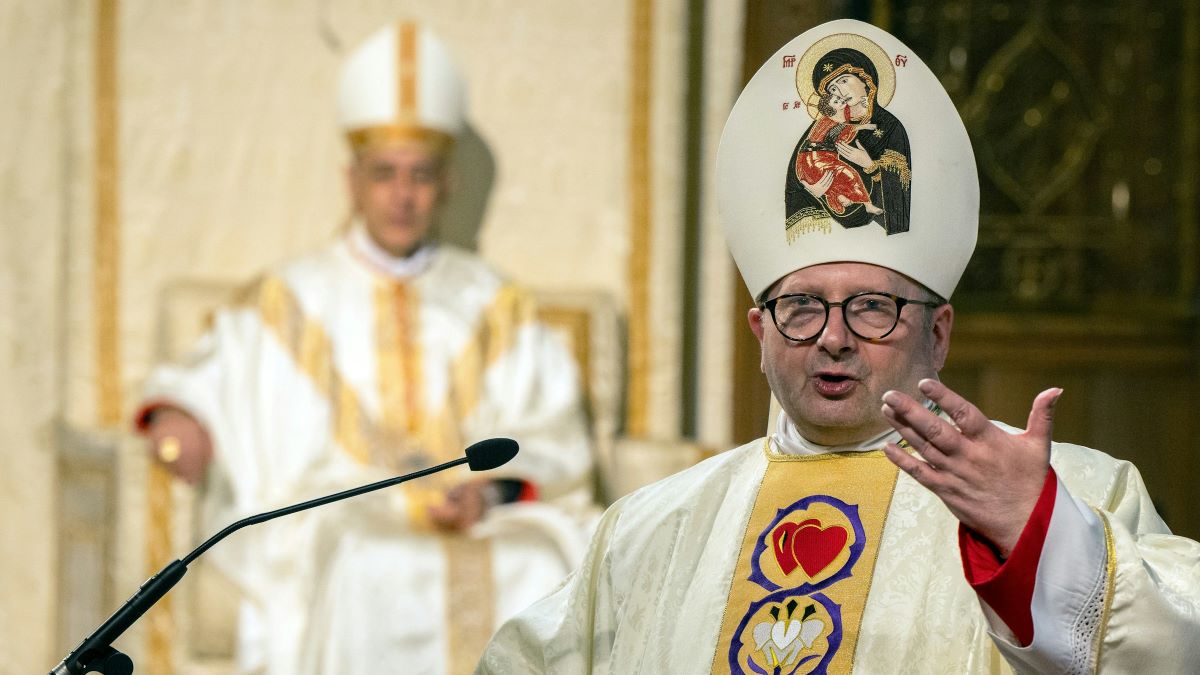
What is the Personal Ordinariate? The Personal Ordinariate is a special church structure within the Catholic Church created to allow Anglicans to join while preserving their liturgical traditions. Established by Pope Benedict XVI in 2009, it provides a unique way for Anglicans to become Catholic without losing their heritage. This means they can keep their distinctive prayers, hymns, and customs. There are three main Ordinariates: one in the United States, one in the United Kingdom, and one in Australia. Each has its own leader, called an Ordinary, who oversees the community. The Ordinariate is a bridge between Anglicanism and Catholicism, offering a home for those seeking unity with the Pope while cherishing their Anglican roots.
What is a Personal Ordinariate?
A Personal Ordinariate is a special type of ecclesiastical jurisdiction within the Catholic Church. It allows groups of Anglicans to enter into full communion with the Catholic Church while preserving elements of their Anglican heritage.
- The first Personal Ordinariate was established in 2011 by Pope Benedict XVI.
- It was created to accommodate Anglicans who wished to join the Catholic Church without losing their liturgical traditions.
- The Personal Ordinariate of Our Lady of Walsingham was the first to be established in the UK.
- The ordinariates operate similarly to dioceses but are not bound by geographical boundaries.
- They are directly overseen by the Congregation for the Doctrine of the Faith.
How Do Personal Ordinariates Function?
Personal Ordinariates have unique structures and functions that set them apart from traditional dioceses. They provide a bridge for Anglicans to join the Catholic Church while maintaining their distinct liturgical practices.
- Each ordinariate is led by an Ordinary, who can be either a bishop or a priest.
- The Ordinary has similar powers to a diocesan bishop but within the context of the ordinariate.
- Ordinariates have their own parishes, clergy, and laity.
- They use a special liturgy known as the "Divine Worship," which incorporates elements of Anglican liturgical traditions.
- Clergy within the ordinariate can be married, a practice that differs from the typical requirement of celibacy for Catholic priests.
Why Were Personal Ordinariates Created?
The creation of Personal Ordinariates was a response to the desire of many Anglicans to join the Catholic Church while retaining their heritage. This move was seen as a way to promote unity within the Christian faith.
- The Apostolic Constitution "Anglicanorum Coetibus" was issued by Pope Benedict XVI to establish the ordinariates.
- This constitution outlines the norms and guidelines for the functioning of the ordinariates.
- It was a response to requests from Anglican groups seeking full communion with the Catholic Church.
- The ordinariates aim to preserve the spiritual and liturgical traditions of the Anglican Communion.
- They also serve as a model for ecumenical dialogue and unity among Christian denominations.
Where Are Personal Ordinariates Located?
Personal Ordinariates are found in various parts of the world, each serving a specific group of former Anglicans who have joined the Catholic Church.
- The Personal Ordinariate of Our Lady of Walsingham serves England and Wales.
- The Personal Ordinariate of the Chair of Saint Peter is based in the United States and Canada.
- The Personal Ordinariate of Our Lady of the Southern Cross is located in Australia.
- Each ordinariate has its own unique liturgical practices and community life.
- They work closely with local dioceses to ensure the integration of former Anglicans into the Catholic Church.
Final Thoughts on Personal Ordinariates
Personal Ordinariates offer a unique bridge between Anglican traditions and the Catholic Church. They provide a spiritual home for those who cherish their Anglican heritage while embracing Catholic faith. These ordinariates have their own liturgical practices, clergy, and communities, making them distinct yet fully integrated within the Catholic Church.
Understanding the role and significance of Personal Ordinariates enriches our appreciation of religious diversity and unity. They highlight the Church's commitment to inclusivity and respect for different traditions. Whether you're exploring your faith or just curious about religious structures, knowing about Personal Ordinariates adds depth to your knowledge.
So, next time you hear about Personal Ordinariates, you'll know they represent a beautiful blend of traditions, faith, and community. They stand as a testament to the Church's ability to adapt and grow while honoring its rich history.
Was this page helpful?
Our commitment to delivering trustworthy and engaging content is at the heart of what we do. Each fact on our site is contributed by real users like you, bringing a wealth of diverse insights and information. To ensure the highest standards of accuracy and reliability, our dedicated editors meticulously review each submission. This process guarantees that the facts we share are not only fascinating but also credible. Trust in our commitment to quality and authenticity as you explore and learn with us.


